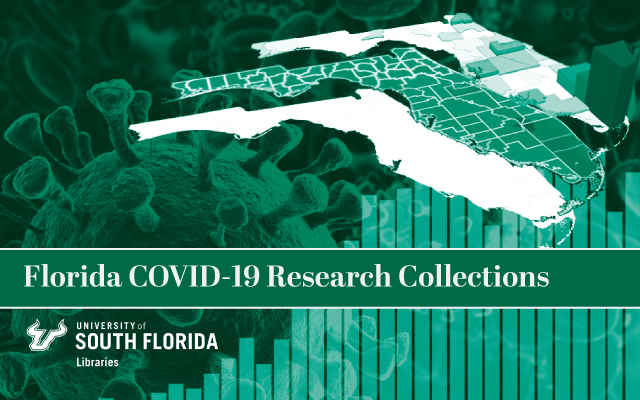
All publications
Unique Features Concerning the Proximal Origin of SARS-CoV-2
Document Type
Article
Publication Date
2020
Keywords
Severe Acute Respiratory Syndrome Coronavirus 2, Canyon Hypothesis, Template-switching model, Receptor Binding Domain, Positive Selection Site
DOI
https://doi.org/10.31219/osf.io/v7jw3
Abstract
There is a consensus that SARS-CoV-2 originated naturally from BatCoVs. Although based on phylogenetic analysis SARS-CoV-2 seems to be related to BatCoVs RaTG13 or RmYN02, its exact origin of lineage is not clear. In fact, the flat and non-sunken surface of the sialic acid-binding domain of SARS-CoV-2 spike protein conflicts with the general adaptation and survival pattern observed for all other coronaviruses (CoVs). Unlike RaTG13, for SARS-CoV-2 a recombination apparently occured between the S1/S2 domains of spike protein that enabled furin protease utilization. Interestingly, the clinical strains of SARS-CoV-2 do not have any further recombination that would be in conflict with the recombination models of CoVs. Despite millions of SARS-CoV-2 infections, the spike protein receptor-binding domain (RBD) has not accumulated a high-frequency substitution, differentiating SARS-CoV-2 from other CoVs that have positive selection sites on their RBDs, calling into question the sources of the origin of the apparently optimized angiotensin-converting enzyme 2 (ACE2) binding of SARS-CoV-2. The SARS-CoV-2 host tropism pattern has these major discrepancies compared to other CoVs, raising questions concerning the proximal origin of SARS-CoV-2.
Citation / Publisher Attribution
OSF Preprints, 20 August, 2020
Scholar Commons Citation
Seyran, Murat; Pizzol, Damiano; Adadi, Parise; El-Aziz, Tarek Mohamed Abd; Sarif Hassan, Sk.; Soares, Antonio; Kandimalla, Ramesh; Lundstrom, Kenneth; Tambuwala, Murtaza; Aljabali, Alaa A. A.; Lal, Amos; Azad, Gajendra Kumar; Choudhury, Pabitra P.; Uversky, Vladimir N.; Sherchan, Samendra P.; Uhal, Bruce D.; Rezaei, Nima; and Brufsky, Adam M., "Unique Features Concerning the Proximal Origin of SARS-CoV-2" (2020). All publications. 98.
https://digitalcommons.usf.edu/usf_fcrc_all/98

